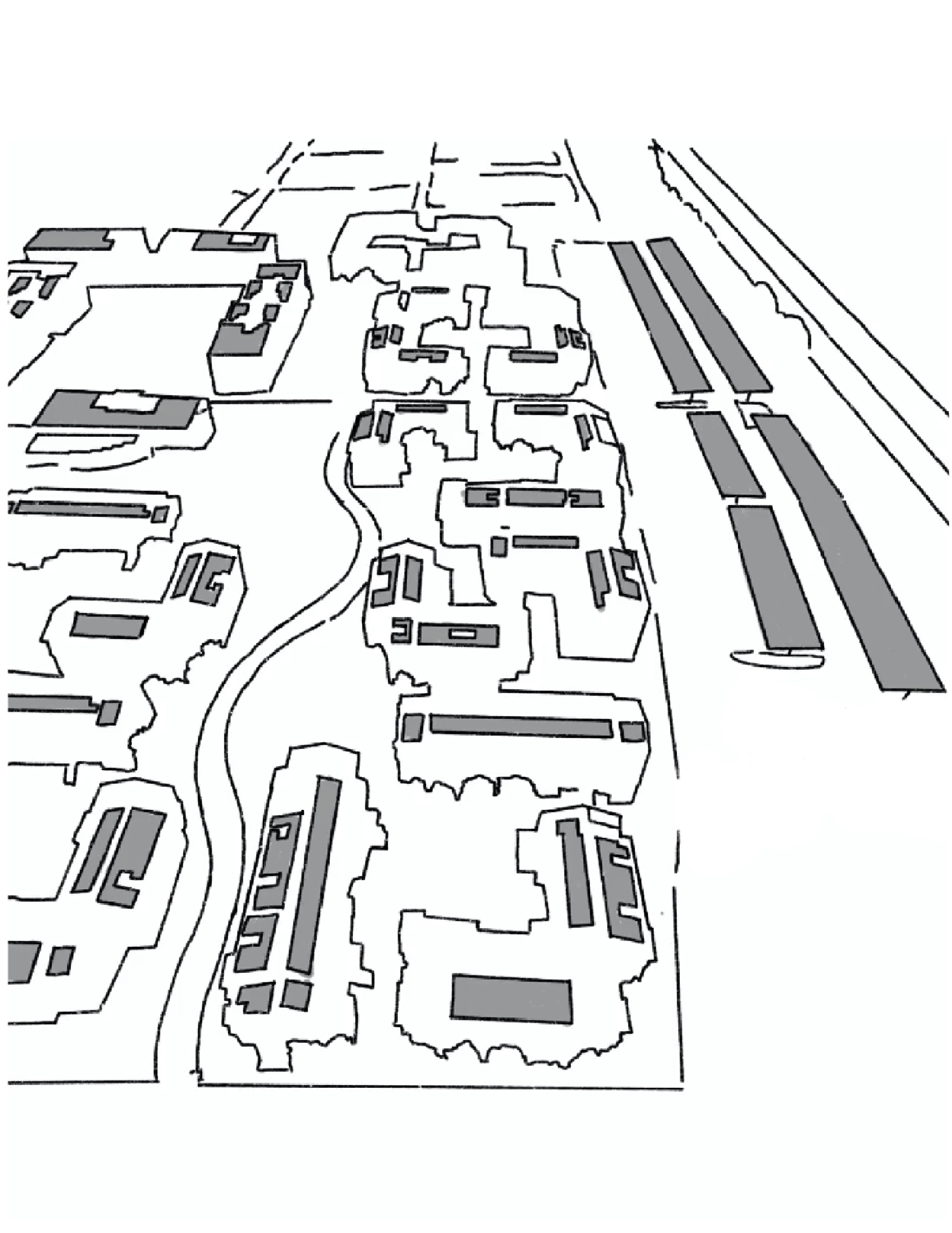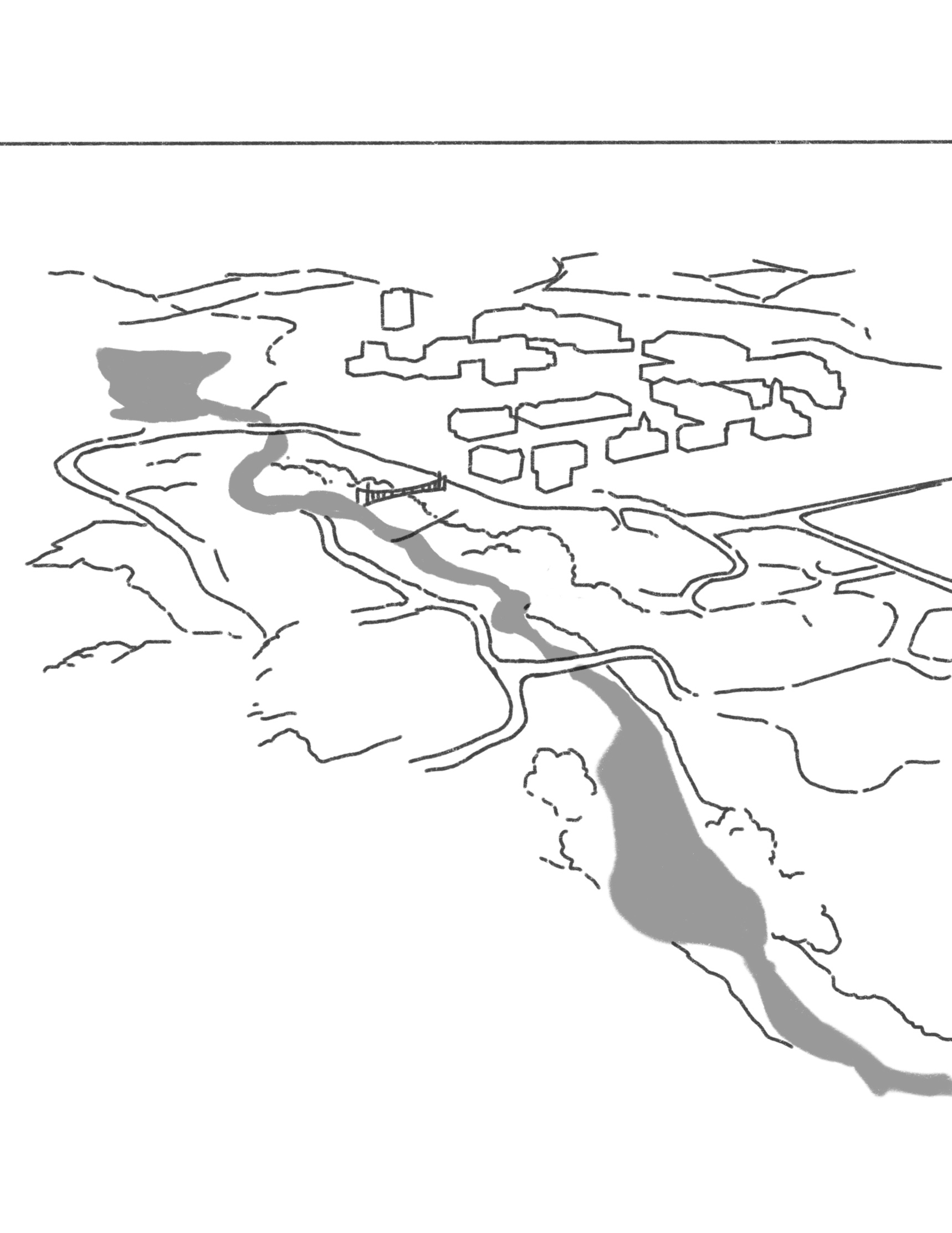Strategy
Mitigation
Power with Renewables
Provision of renewable energy systems as alternatives to fossil fuels is essential for meeting net-zero emissions goals. Photovoltaics, wind turbines, geothermal heat pumps, and biogas systems can be used to power buildings, maintenance equipment, and other site operations... and if planned correctly, can produce more energy than they consume.
Add photovoltaic panels
Options
Case Study
West Village is an on-campus neighborhood housing over 3,000 students, faculty and staff at the University of California, Davis (UC Davis). SWA, as the master planner, contributed to the goal of making this 200-acre site the largest community in the US to plan for achieving zero-net-energy. Using on-site fixed solar panels installed on rooftops and above parking lots, 4 MW of electricity is produced and consumed directly by residents, meeting more than 80% of total demand.

Site and/or integrate larger renewables
Options
…such as wind turbines.
…such as geothermal energy production.
…such as hydropower or tidal power.
…such as hydrogen fuel cell systems.
…such as biogas production.
Case Study
The Cornell University campus has a history of using renewable energy. Famous for its gorges, the university has harnessed Fall Creek for hydropower since 1868. More recently in 2008, Urban Strategies completed a campus master plan, followed closely by the university’s Climate Action Plan. The two paved the way for the campus to run on 100% renewable electricity, 10 years ahead of its goal. The hydroelectric plant, lake source cooling, solar thermal, and roof-top solar are all part of on-site renewable energy production. Cornell is the only university with a hydro plant on campus.
